Development
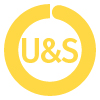
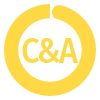

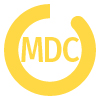


During my master I followed the DLE track, and specialised in C&A and U&S. Below I reflect on my development during my master. I try to do this by naming all new concepts I worked on, or otherwise mention how I improved on it.
Read about my development per expertise area directly below, or jump to:
Internships
Extra Curricular
Courses &Projects
C&A
Finishing my bachelor I was able to come up with creative solutions to design problems, and showed aesthetic capabilities trough some basic tailoring and visuals.
Not only did I improve my creative process through more experience in projects and two internships, I learned how to work creatively work with academic theory, and advanced in my aesthetic qualities.
During my master, my main learning point in this expertise area was learning to adapt and apply theories to fit a project. It happened during my
- M1.1, where we adapted cultural probes to fit into an short intervention
- FMP, during which I creatively worked with posthumanist theories to be able to apply them outside of academia
- The course Matter of Transformation, where we used several philosophical concepts as design input
This also resulted in looking creatively at problems to find innovations:
- Like finding new ways to convey data, without using data directly, in my M1.2.
- Or when designing a UI for the innovative medical device of Bilihome, without text and understandable within minutes, by combining visual and physical feedback.
- Finding a way to bring fashion expression to the physical space through a screen, via AI, done during the research into AI at Simon Fraser University.
- And when we combined the intangibility of IoT systems with tangible embodied interaction in the course A Designerly perspective on IoT
All throughout these projects and courses I focussed on the aesthetic qualities of the design, which can be better seen in the images below. In some projects, for instance in A Desginerly Perspective on IoT, the aesthetics of interaction was also an important player. But mostly I have been focussing on my studies to become a professional tailor, where I learn to make garments from scratch. Since my bachelor I got my Textile Expertise Diploma (MBO 3 level), and started to work towards my first practical exams. I believe learning a craft is almost essential to becoming a designer, as it taught me much about materiality, form, production and aesthetics. Because I know what a good garment looks like, and how much time it takes, I am also able to recognise good craftsmanship in other fields.
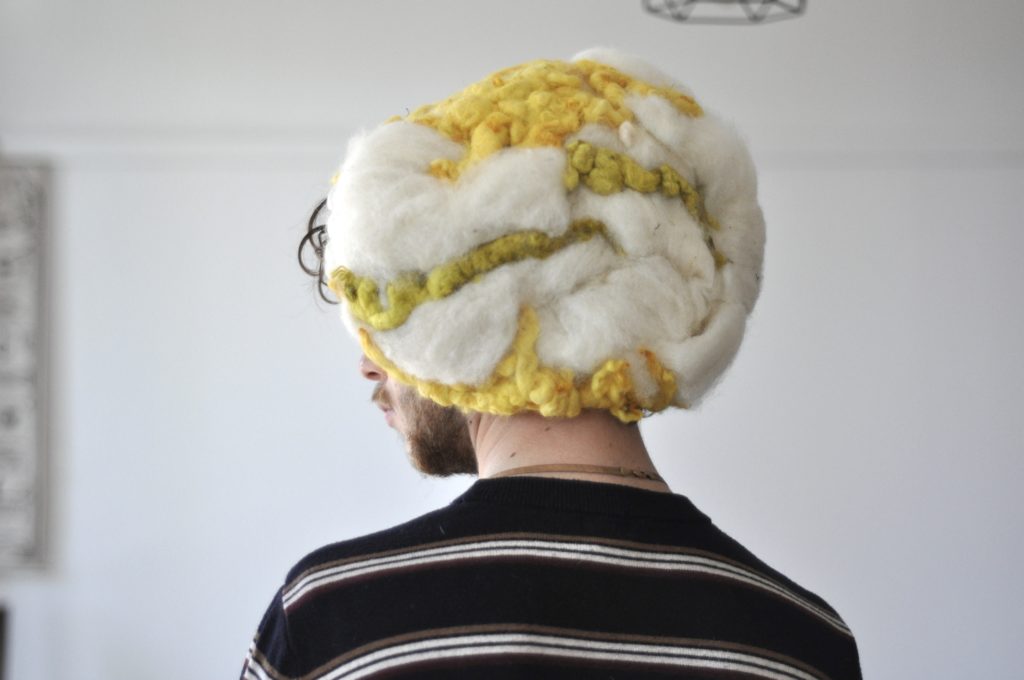
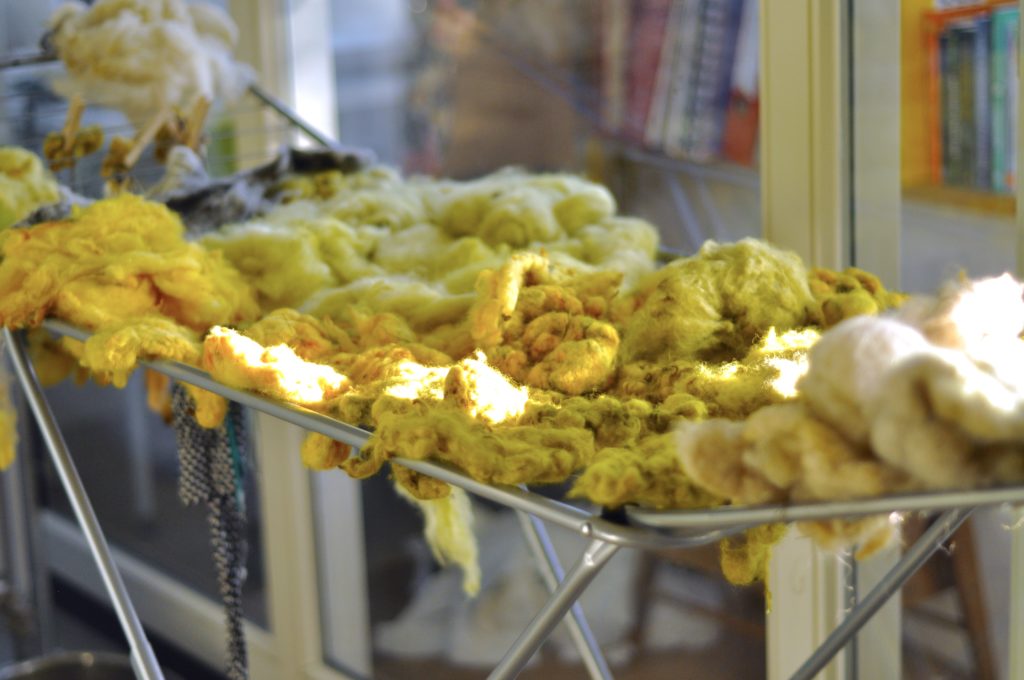
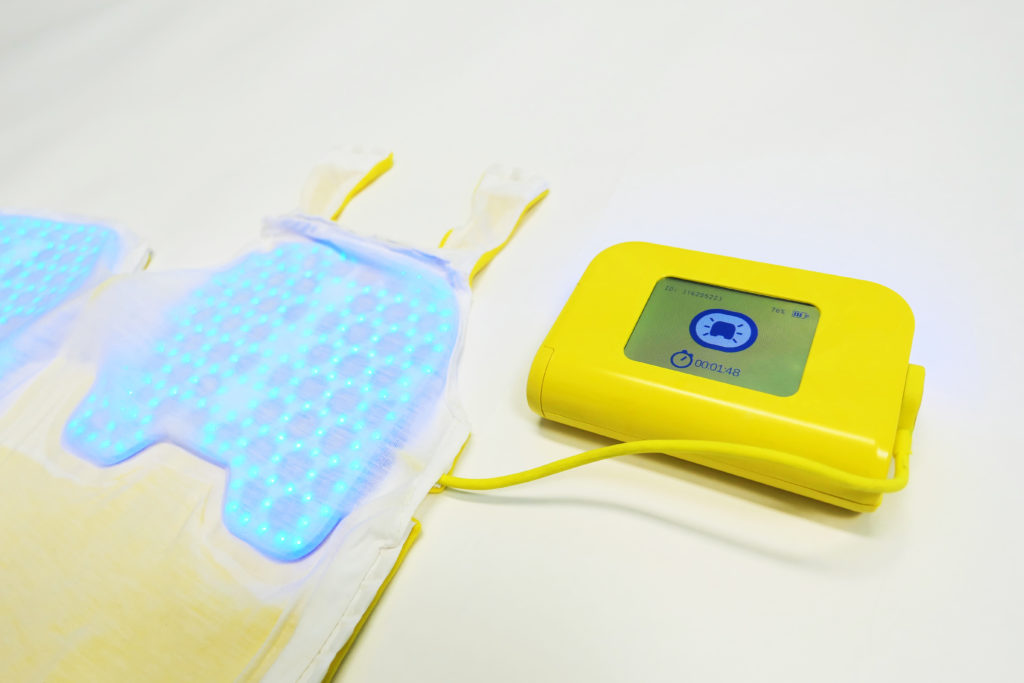
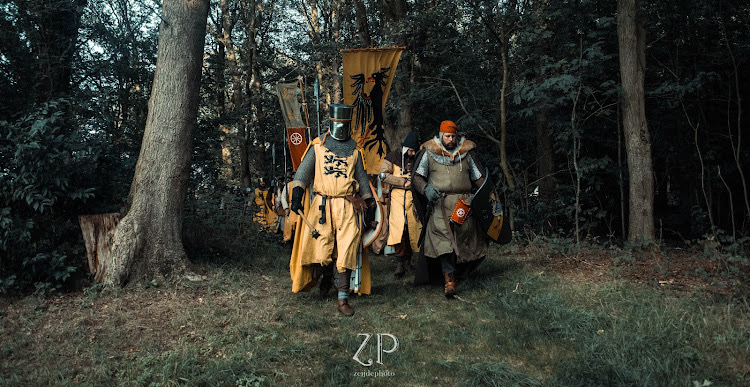
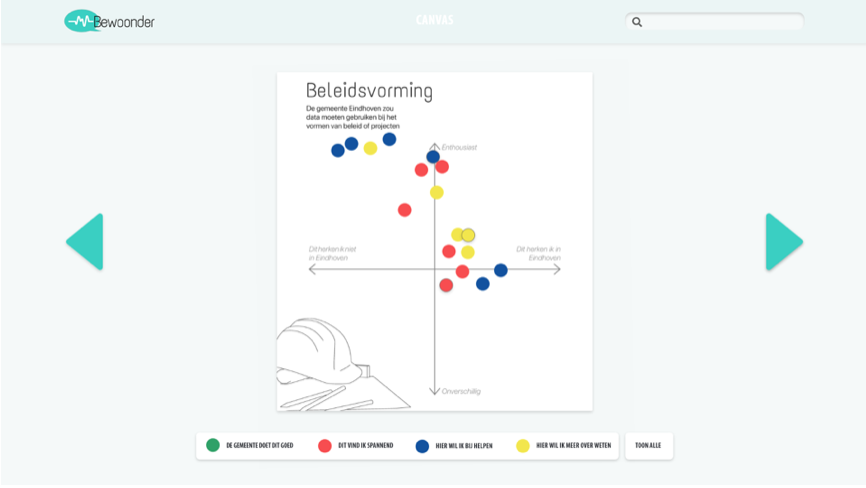
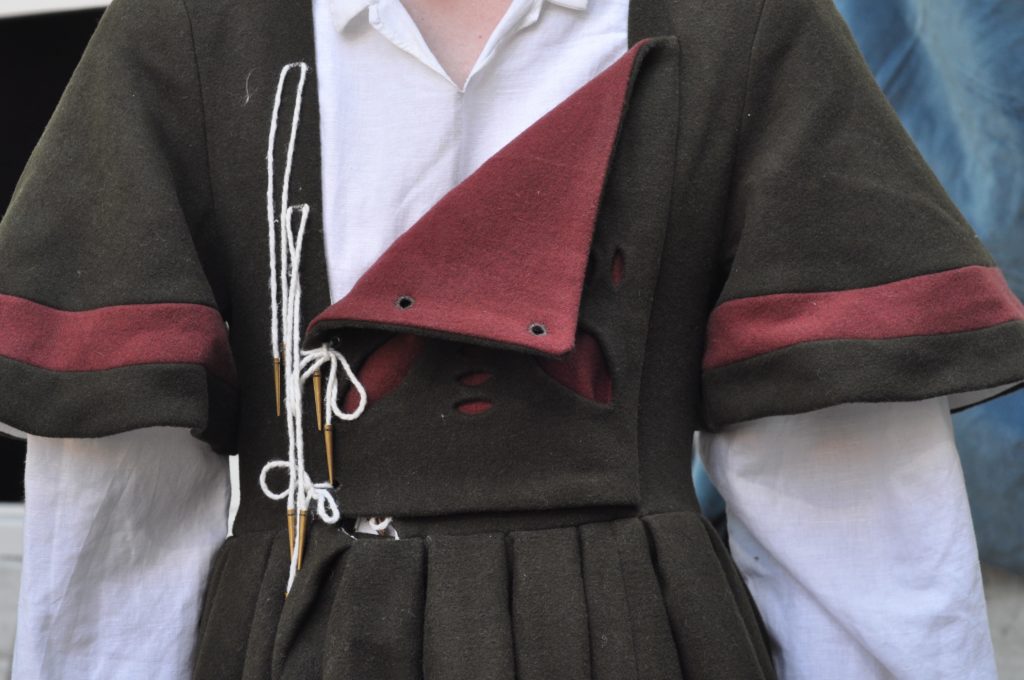
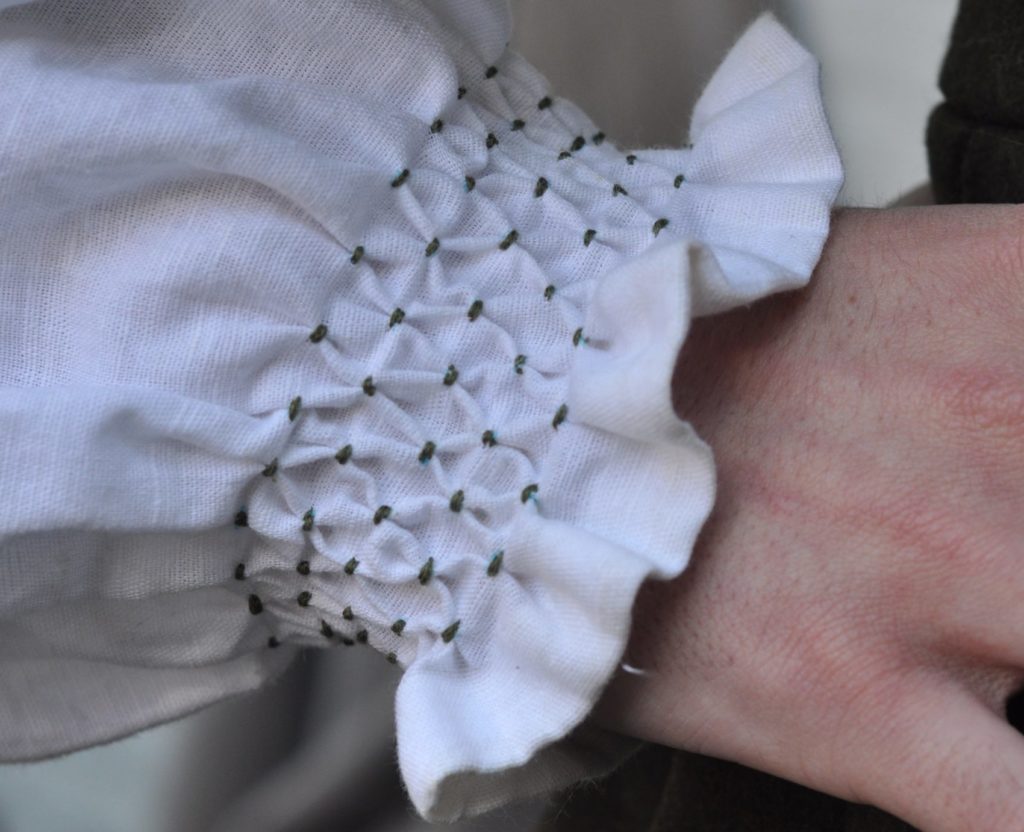
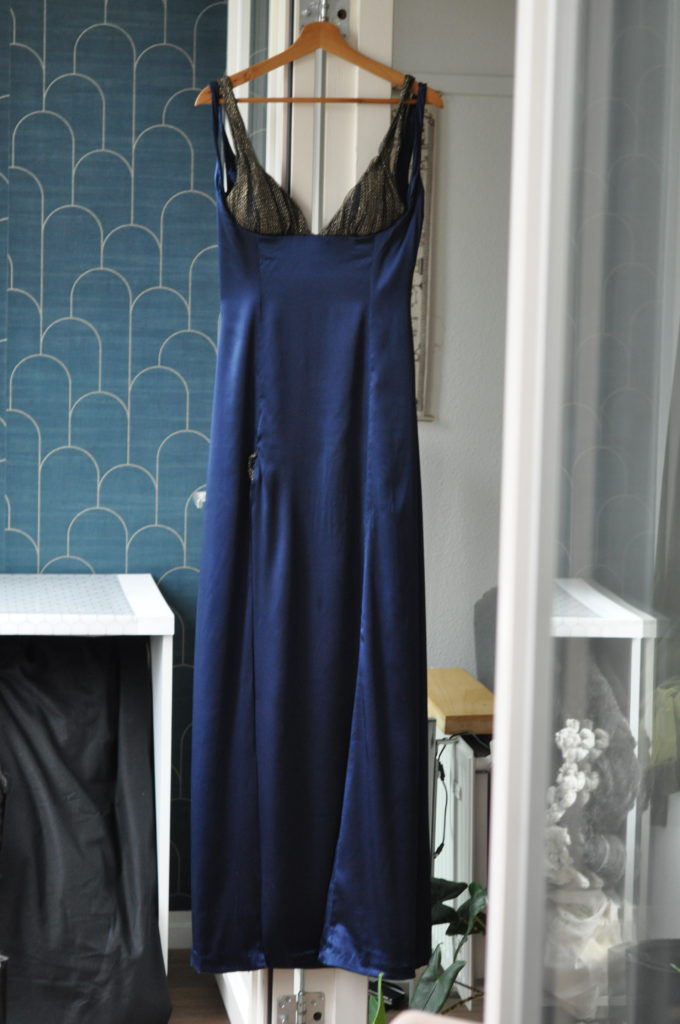

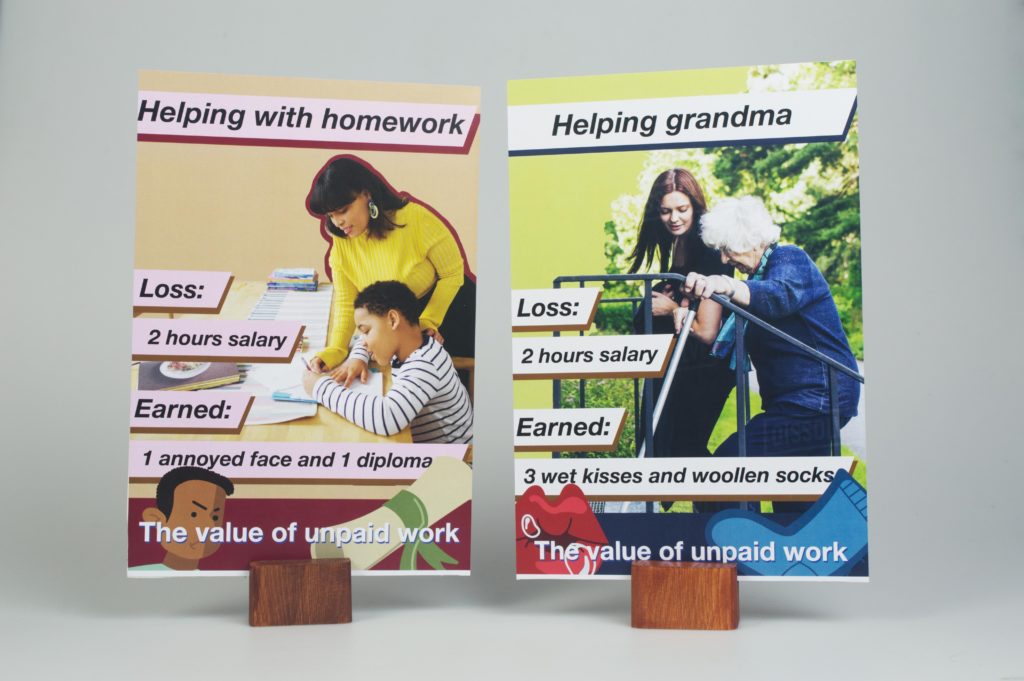

During my bachelors I learned how to work with users, and at the end user studies had become an integral part of my projects. For my FBP I worked on societal change.
During my masters I delved deeper into U&S by for the first time working with stakeholders, working on socially sensitive topics, and expanding the social part of my design to the more-than-human.
Starting with the latter: during my time at Simon Fraser University and in my FMP, I took the time to learn about and apply the posthumanist design theory proposed by Ron Wakkary (2021). Here I learned to see the nonhuman as an active participant of the design process, and ways to involve them in the design process. The situated way designer taught me to work with the actual nonhuman and humans, not the abstract ‘personas’ or ‘user categories’. During my FMP I worked with the theory to see how I would be able to involve human input, and whether it would work outside of the academic context, within society and all the constrains that brings.
I also payed more attention to sensitive societal issues or situations, where more care had to be taken when working with the people or themes of the project:
- working with hospitalised patients and their parents for Bilihome.
- Multiple projects on the understanding of data, where participants were expected to give insightful input, but without scaring them about the subject.
- Working on energy poverty, which concerns vulnerable people.
- An increased focus on science, technology and cultural studies ranging from themes like objectivity in science, race, colonialism and feminism, power and constructivism, by following the course Science, Technology & Culture, where we discussed academic studies on these subjects.
One social part of designing I had not worked with before were stakeholders. During my M1.1 I was able to experience this for the first time when designing for Eindhoven municipality. This deepened when working for Bilihome, where I had to bring together the input coming from different disciplines into the product. I also learned to voice the importance of designing for the user while working with people who had little experience in this.
Bilihome is in itself a nice example, as because of the inclusion of the user experience from the beginning, we were able to design a system which people were able to use within minutes. I started the project with user research, and provided the team with use case scenarios and developed the User Interface. Because I gained expertise in the area, I was then hired as UX & Care Path Specialist in the Bilihome team, where then developed the Instruction For Use and the user tests. The nurses in the user-tests, who would normally be described as “digibeet” mastered the controls of the UI and process of using the device within 5 minutes. They complimented us on the UI design and the design of the Instruction For Use, which they felt helped them in mastering the device quickly. I am currently still employed at Bilihome, where I develop a remote care system, so parents are able to take their babies home during treatment.
U&S
B&E
Finishing the bachelor, I was able to fill out a detailed Business Model Canvas, using behind the desk research.
Currently, I critique out capitalist way of doing business and am trying to find new ways. That being said, I am able to iteratively design a business model, backed up by expert data.
Through two courses I learned to design:
- from a corporate business vision, and take an entrepreneurial attitude within a corporate environment by combining this vision, user input and market research.
- Work from Hypothesis Driven Entrepreneurship, where you learn to iterate over business models by gather expert feedback based on an minimum viable product. This way of designing a business model is presented as ideal for innovative products.
While working on my FMP, I realised the capitalist way of running a business would not work for posthumanist design, as it is very human-centred. This encouraged me to look further into the two following fields:
- Designing the business and product to move away from capitalist values, which ensures products and services become available to anyone. (Wizinsky, 2022)
- The Social Enterprise Model Canvas, as alternative to the Business Model Canvas, which puts creating social gain on the same level as monetary gain, and supports other structures and dilemmas concerning social enterprises better. (Sparviero, 2019)
During my FMP, I also started my own business as freelancer, as I got professional interest from several experts I approached during the project.
During my bachelors I completed a minor in Data Science and AI, but was never able to apply this knowledge in a project.
Over the course of my master I was able to work on data and data in two courses, and improved my knowledge on working with qualitative data.
During the course Data-Enabled design I learned to use my skills in carrying out a data-science project to generate data which as creative input for the project. Data was used as inspiration to start the project, and throughout to learn about the use of the product, and evolve the product to suit the use better.
While studying at Simon Fraser University, the course Artificial Intelligence in Computational Art and Design taught me more about the background of AI. We dove into different machine learning models and their background, for instance neural networks or generative networks. By the end of the course I had learned to creatively use AI within a design-research project into fashion, and felt my in-depth knowledge had grown.
M,D&C
T&R
During my bachelor I learned to work with some basic technologies, to support the realisation of some projects.
Although my technology expertise did not progress much during the master, I learned a lot about realising different kinds of products through my internships and FMP.
During the course A Designerly Perspective on IoT, I learned how to work with the concepts of IoT and growing systems. This was new terrain, and insightful into how these technologies can be applied in design. We were asked to design something which was connected to the IoT and a growing system, and included embodied interaction. From this I learned to design products more in depth, as several concepts were included.
On realisation I learned a lot more:
- During my internship at Ari Twillert I helped realise the new line of clothing she was producing for a show, and tagged along in her process of getting some of her clothing produced at a factory abroad.
- During my internship at Bilihome, I worked on the realisation of the products as I developed the UI and IFU. I also worked on getting products a CE certification. This meant getting into international standards for medical products and helping figuring out what we would need to hand over to the notified body. I then helped with gathering the relevant data through research and user-tests, and helped with the contact with several testing facilities and suppliers. We currently have 2 products under review for Medical Device class 1 and 2.
- A large part of my FMP was focussed on the realisation of the garment: how would it be produced in a way which was in line with the posthumanist theory, but still work for the people in need for a garment? This concerned more than just making the wool garment, it also had to be done within time- and cost-limits, to ensure the garment would still be affordable
Although it does not directly relate do design, I also want to mention my development as volunteer for De Dwaler, a 200-person theatre event. I am part of the core organisation behind the event, where I work in the production team. This already gave me valuable skills in the organising and managing of a large event – e.g. interdisciplinary teamwork, being a self-managing team, working with special needs people, professional communication – but after COVID we were left with half of the volunteers in a team which carries 1/3 of the event. This taught me a lot about how to realise more with less, by getting to the core of what really needs to be done. By the end of this ‘reorganisation’, people were even more satisfied with the production process than they were when we worked with more people.
Over the course of my bachelor I participated in 1 design-research project.
After doing this master I feel confident in carrying out my own research, in literature and through design.
I got there by:
- Participating in the course Constructive Design Research, which taught me more about design research methods and where I completed a showroom research project.
- While working on Matter of Transformation, which was build upon the speculative design through philosophical texts.
- Doing a literature study on Blade Runner as a case of more-than-human interaction and engagement in design while at Simon Fraser University.
- And of course during my M1.2, where I completed a research through design project, focussed around whether different design principles could be used to enhance the experience of data, and how this was perceived by participants of the study.
References:
Sparviero, S. (2019). The case for a socially oriented business model canvas: The social enterprise model canvas. Journal of social entrepreneurship, 10(2), 232-251. https://doi.org/10.1080/19420676.2018.1541011
Wakkary, R. (2021). Things we could design: For more than human-centered worlds. MIT press.
Wizinsky, M. (2022). Design after Capitalism: Transforming Design Today for an Equitable Tomorrow. MIT Press.
D&RP
Internships
Arí van Twillert
During my internship at Arí van Twillert, an innovative lingerie brand, I got to see what it takes to run a start-up in fashion tech. Working alongside Lidewij, the designer, gave insight into the production behind putting up a clothing line for the stores and a new fashion line for the runway. I assisted mostly with the latter, which meant a lot of testing and adjusting patterns. It was my first time making fashion digitally, and learning about other innovations in fashion-tech, like laser cutters or 3D printing in clothing. It was also my first time making lingerie.
Lidewij van Twillert, my internship supervisor: “Durin her internship, Minne showed an organised and research-oriented attitude, which provided great support in the development of my new line. She proved she is a hard worker and eager learner, who is actively trying to find who she is as industrial and/or fashion designer in the fashion-tech field.”
Bilihome
Via the Fashion Tech farm I was introduced to Bilihome, an innovative med-tech startup working on a solution to get babies with jaundice out of the incubator. Here I worked a lot on the user aspect of the device, specifically the user scenarios which supported the tech development, and the User Interface design of the device. I also worked on the beginning of the medical qualifications needed for biocompatibility testing.
After my internship I was hired as UX&Care Path specialist, where I worked on the Instruction For Use, the documentation needed to get classified as medical device, and the remote care system.
Marina Toeters, my internship supervisor: “While working with her, Minne showed an enormous amount of dedication, empathy, and creativity, and that she can learn very quickly. She became more of a do-er, and was a pro-active and critical part of the team and researched by designing. With the work she did, she is a valued member of any innovative company, especially with regard to the user and innovative side of a product.”
UI: how it started
UI: in-between
Final home screen
The final UI in the product
The final UI controlling the light pads
UI flow
Previous
Next
Extra Curricular
Tailoring
During my masters I have been following a training to become a professional tailor. This means I am able to make clothing from scratch, which includes design, sewing pattern making, sewing and finishing. I also got my Textile Expertise Diploma, a nationally recognised MBO 3 diploma on everything there is to know about textiles. More can be seen on the tailoring page.
Tailoring
inverted pleat design at 1/6 the size
Back
front
Previous
Next
Explore Tailoring
De Dwaler
De Dwaler is a weekend-long theatre event with 200 participants, organised twice a year. I am part of the design team, which takes care of costumes, make-up and other decoration. De Dwaler has taught me much about organisation and realisation, preparations, working together in a (creative) context with multiple stakeholders, working long hours (up to 32 in a weekend), and working creatively to find the best solutions within minutes. Because of the diverse group of people attending and working on De Dwaler, it has made me more empathic and helps me to get out of my well-educated bubble. It also meant I had to learn to communicate clearly and professionally, all qualities which I take with me in my professional practice.
Tom van ’t Hull, Dwaler Event coordinator: “Working as a volunteer can be tough. It is notorious for drama and conflict. And our organisation has had quite the hurdles to overcome. But Minne is part of the very few who stuck through all of them. For the past 6 years she has enriched our stories and characters with her costumes and visual design. And I hope she sticks around for the years to come.“
Tina van der Helm, Dwaler Design team colleague: “Minne’s view of design that the most telling expression of the concept should always be sought, with an emphasis on conveyability and clarity of form. I have seen her work with precision, passion and skill in design, and I hope to see these qualities of hers in many more different projects – at least I know how much I have to thank her for.“

Projects & Courses

Artificial Intelligence in Computational Art and Design
MD&C
MD&C. During the course, which I attended on exchange to Simon Fraser University, I got to dive deeper into how different machine learning algorithms worked, and did a design research…

Constructive Design Research
D&RP
D&RP. During his course, my team and I got the assignment to do design research through a showroom approach, into the topic “the lost physicality in distributed collaborative co-exploration”.

Creating Corporate Entrepreneurship
B&E
B&E. I was taught how you can act as a corporate entrepreneur by working with the user, the stakeholder network and the business context jointly.

Data Enabled Design
MD&C
MD&C. My team-mates and I dove into a data-enabled design process that explores self-reflection through abstract self-reported data acquisition. During this course I learned to use data as a creative tool.

Design Innovation Strategies
B&E
B&E. I learned different methods of developing and proving the validity of a business model for innovative products. This was done via the case of Cellcius, a startup in innovative…
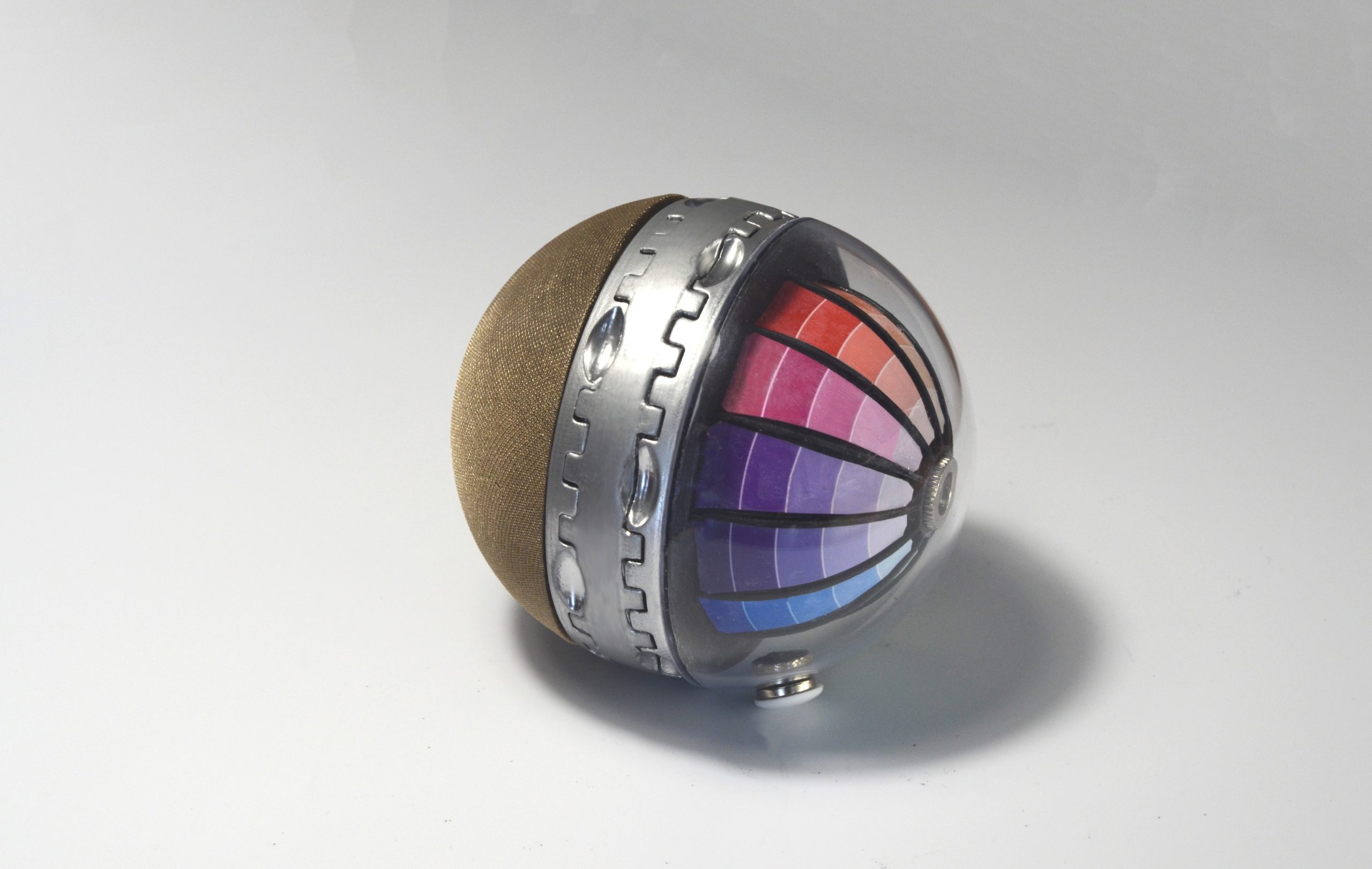
Designerly perspective on IoT
C&A
T&R
C&A | T&R. Main learning points were how to make something intangible tangible, how to work with IoT, growing systems and rich embodied interaction.
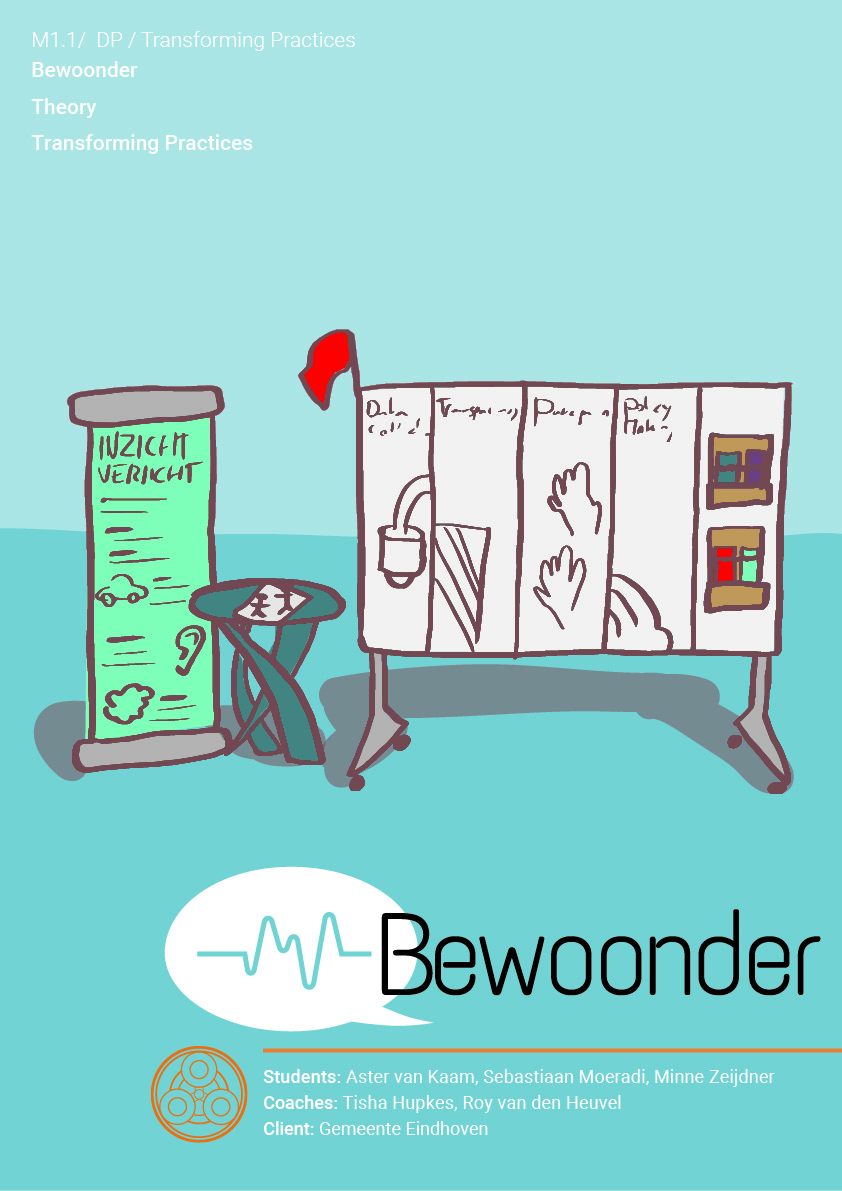
M1.1 bewoonder
C&A
MD&C
U&S
In this project my team-mates and I worked together for the municipality of Eindhoven and their project ‘Inzicht Verlicht’. This complex project where we tried to find the balance between…
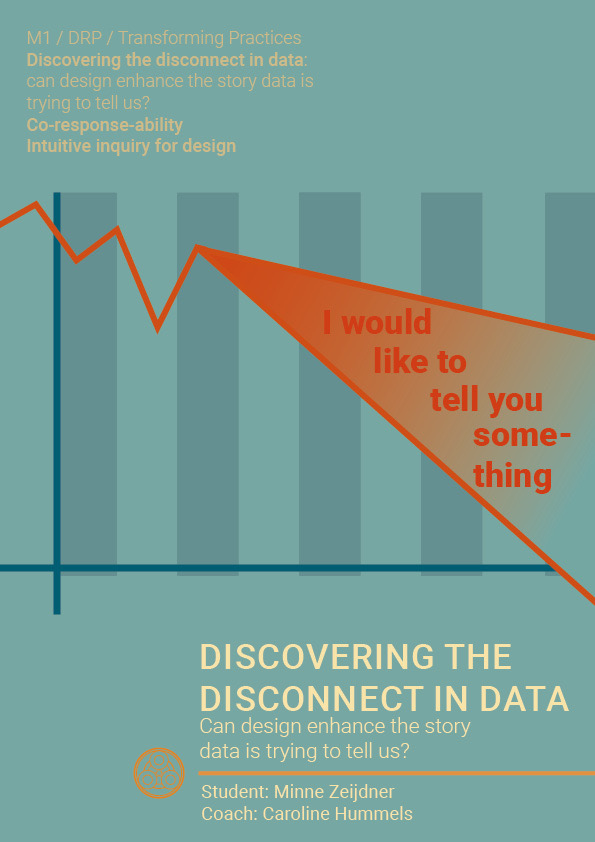
M1.2 Discovering the Disconnect in Data
C&A
D&RP
MD&C
U&S
U&S | C&A | D&RP | MD&C. In this research through design project I explored whether it was possible to enhance the experience of data through different design methods. To…

M2.2 FMP Keeping Warm
B&E
C&A
T&R
U&S
Can I find a way to keep people living in energy poverty warm by warming their bodies instead of their homes? And would it be possible to do this by…
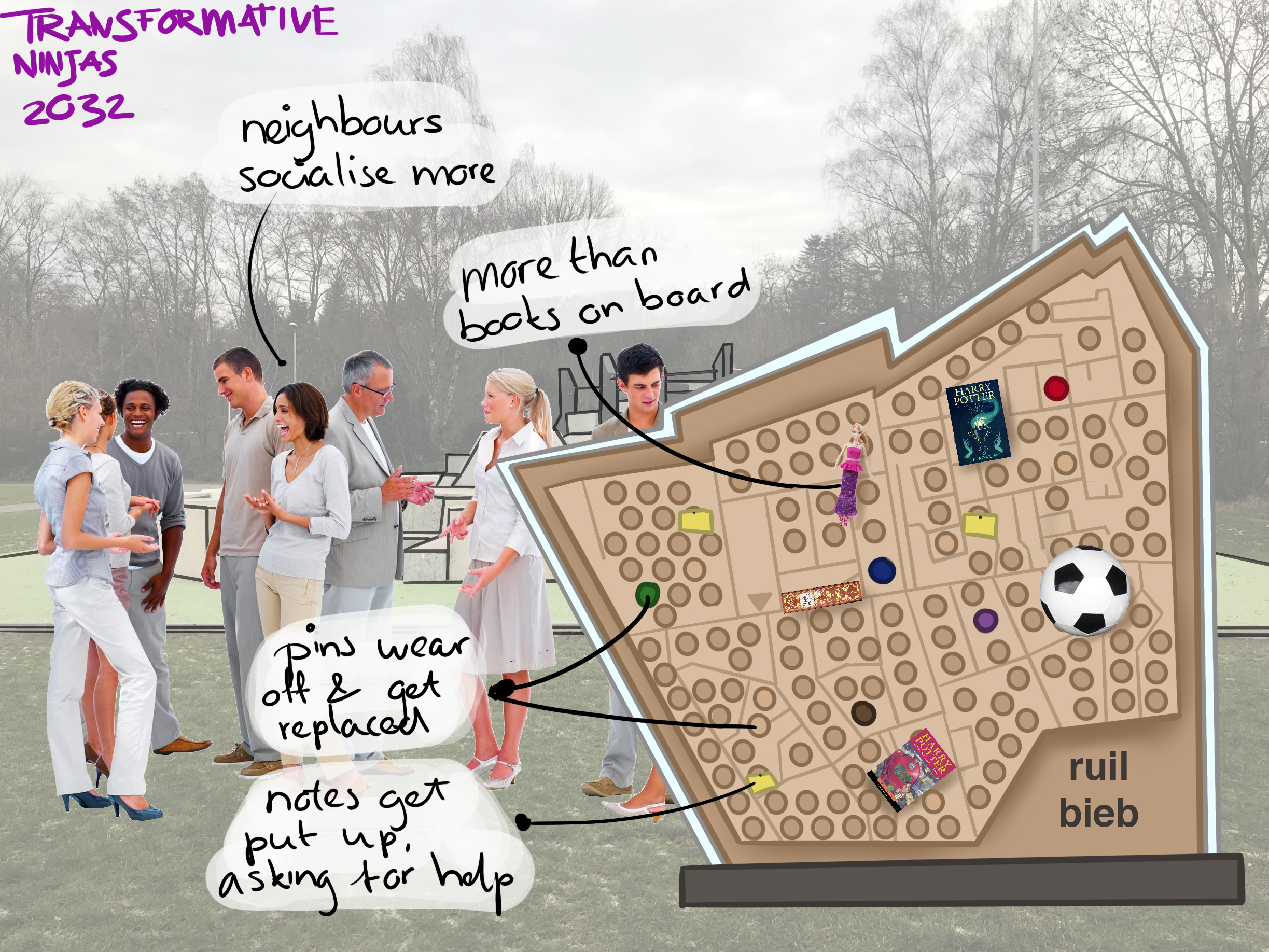
Matter of Transformation
C&A
D&RP
C&A | D&RP. The course challenged us to design for transformation through different philosophical texts.
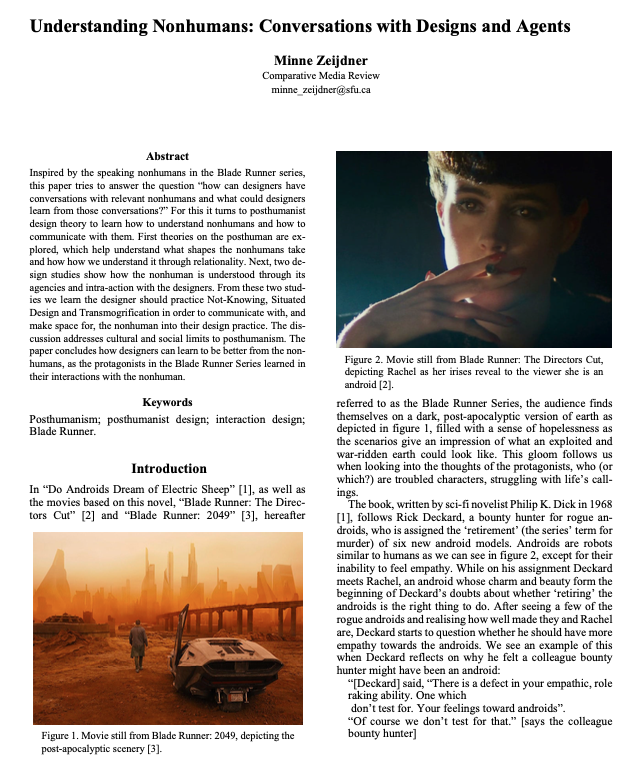
Science, Technology & Culture
D&RP
U&S
U&S | D&RP. Attended this course while on my exchange to Simon Fraser University. It was a reading intensive course into historical and theoretical literature on on technology design and…
